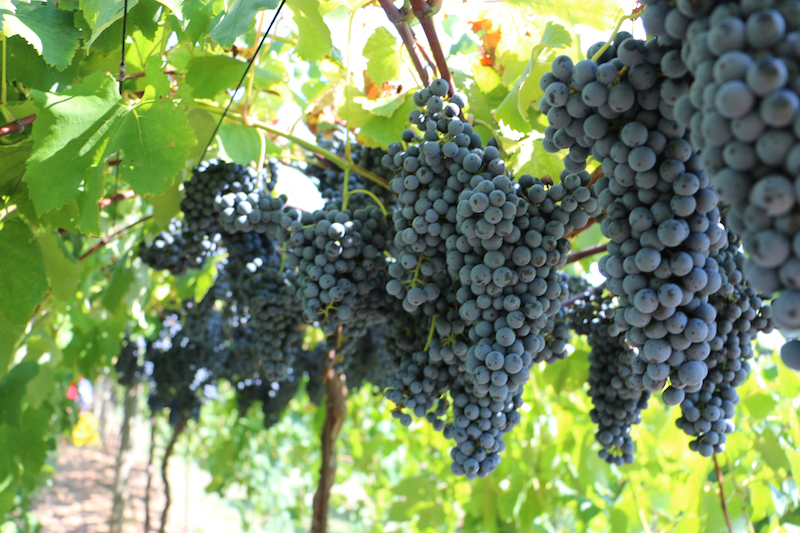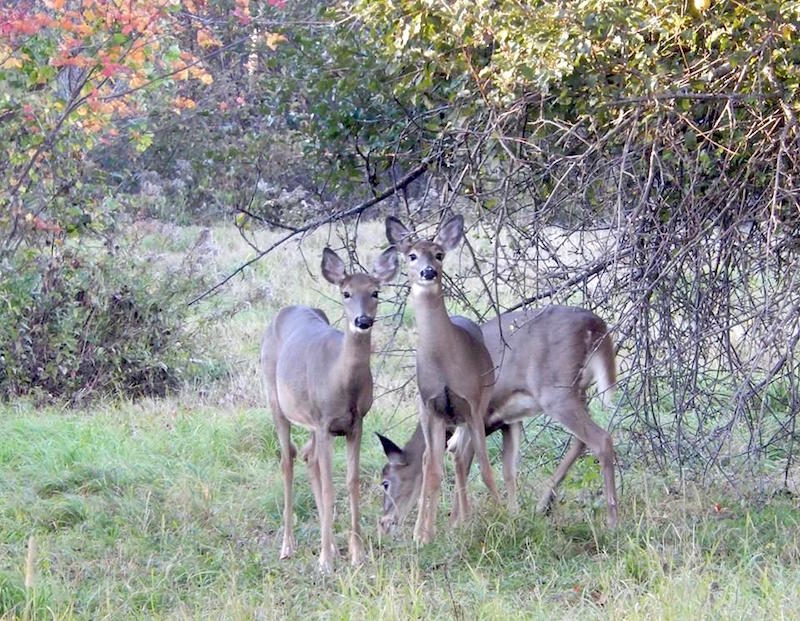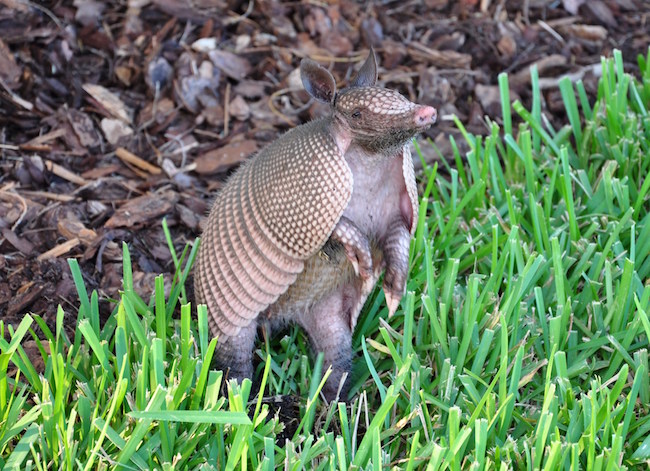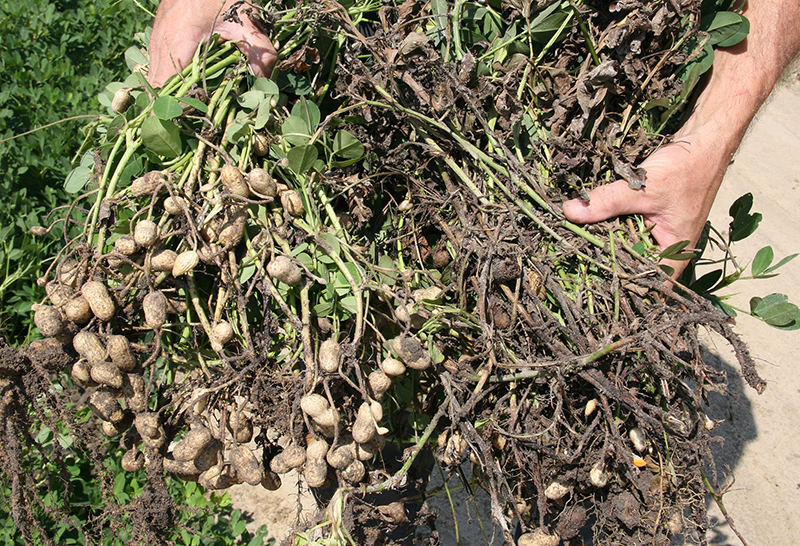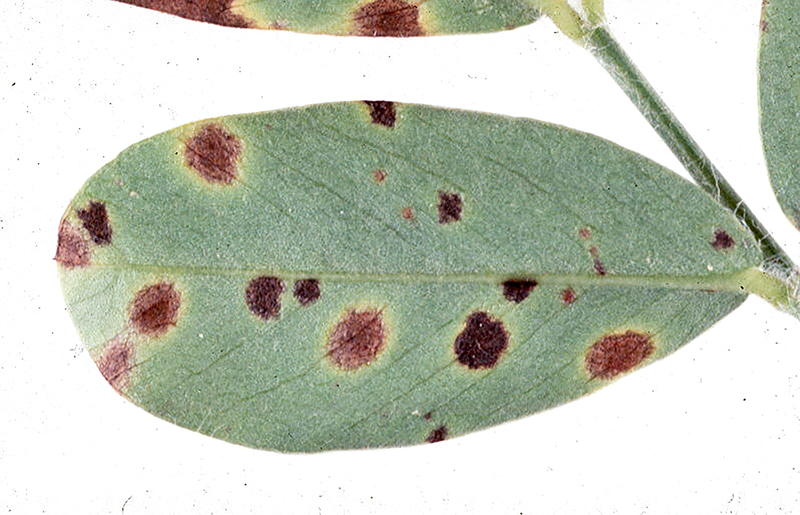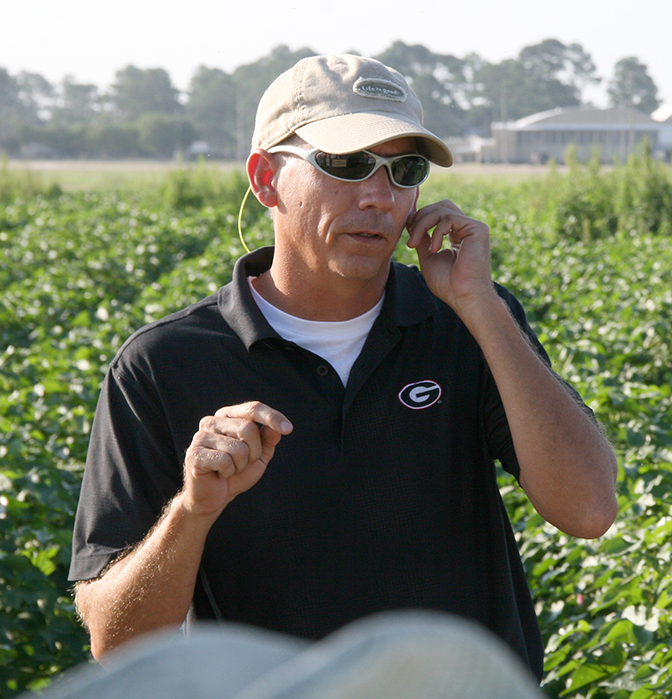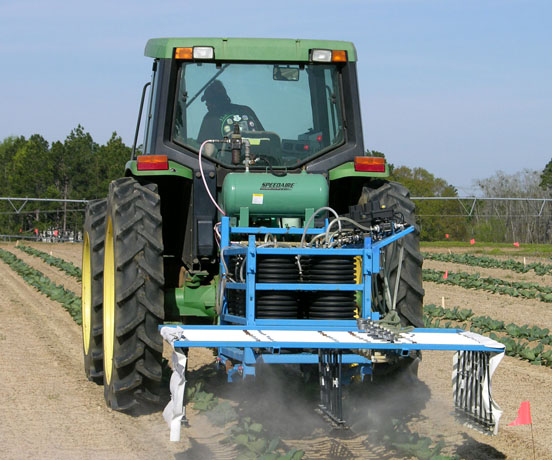 CAES News
CAES News
Pesticide Training Changes
The way UGA Extension offers trainings, exams and continuing education classes for pesticide applicators’ license renewals will change in the coming months. This change will ensure that UGA Extension can continue to provide pesticide safety education throughout the state, while staying in line with changes mandated by the U.S. Environmental Protection Agency (EPA).

